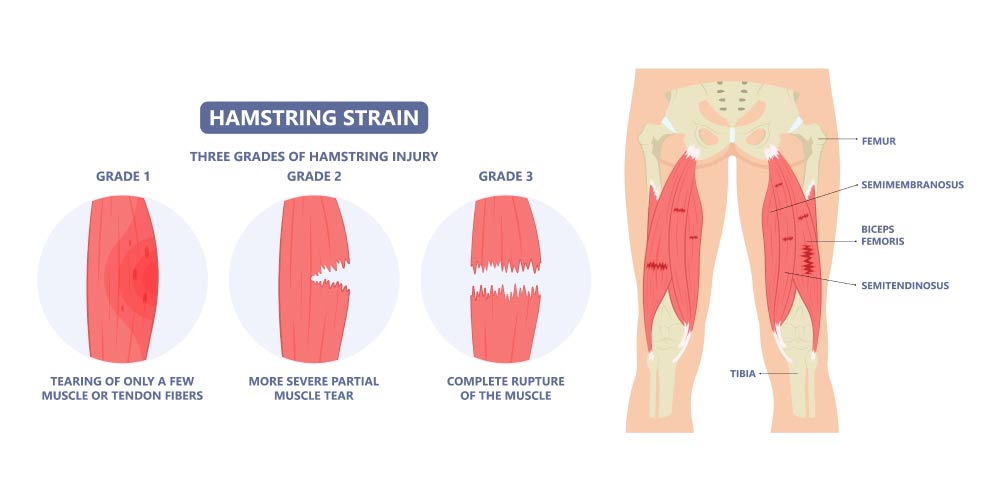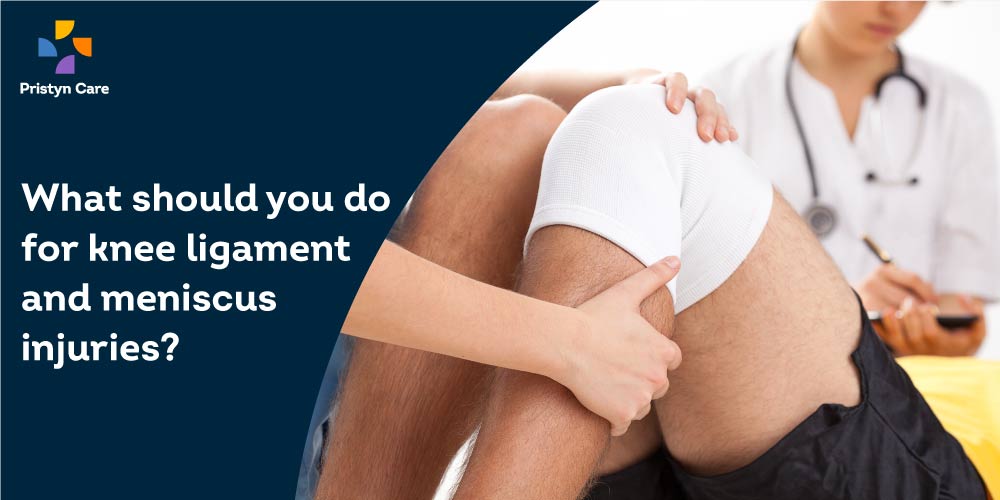
Table of Contents
How do knee injuries happen?
Knee injuries are pretty common, especially in young people and athletes. They usually occur due to sudden twisting or bending motions of the knee joint. They are quite common in people who overuse their knee joints, do not perform proper warmup and stretching for exercising or playing sports, or athletes who play high-impact sports. Knee injuries are also common in accidents or falls.
Treatment for mild ligament and meniscus tears
Ligament and meniscus injuries often occur simultaneously. The first course of treatment for ACL injuries with meniscus tears is medical management. Mild to moderate ligament and meniscus injuries may heal on their own, especially if you follow the given tips. Nonsurgical treatment for knee injuries includes:
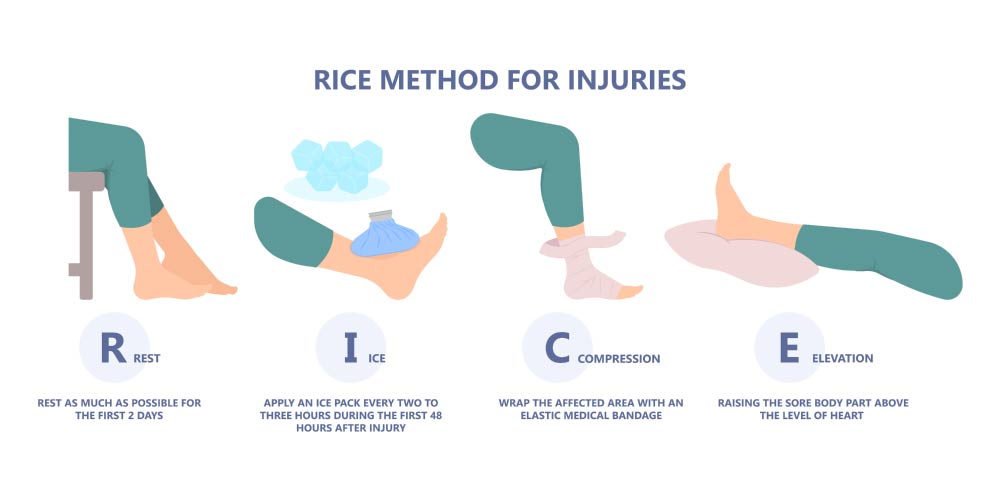
- Rest the knee: Don’t put too much weight on the knee, especially if it’s painful. Use crutches when you have to move. Wear a brace on the joint whenever possible to reduce the pressure on the joint.
- Ice the knee: Ice your knee for at least 20 to 30 minutes every 3 to 4 hours for at least 2 to 3 days after the injury till the swelling is gone.
- Compress the joint: Compress the knee joint by wrapping it tightly with an elastic bandage or a neoprene-type sleeve. This helps control and reduce the swelling.
- Elevate the knee: Elevate the knee by placing a pillow under your heel whenever you are sitting or lying down.
- Take pain and anti-inflammatory medications: Pain relievers or non-steroidal anti-inflammatory drugs (NSAIDs), help reduce swelling in the injured joint. However, it is best to get a prescription from an orthopedic doctor near you before using such drugs.
- Exercises: Perform stretching and strengthening exercises as prescribed by the doctor. This will help reduce stress on the knee joint. However, be careful about overstretching as that may exacerbate the injury.
- Avoid high-impact activities: Avoid high-impact activities such as running and jumping till the injury has fully healed.
How can I tell if I have a knee ligament injury?
Knee ligament injuries usually present with symptoms like:
- Sudden and severe knee pain
- Loud popping sound during the injury
- Swelling for the knee joint within 24 hours of the injury
- Instability of the joint
- Inability to put any weight on the joint
- ‘Loose’ feeling in the joint
How do I know if I have a torn meniscus?
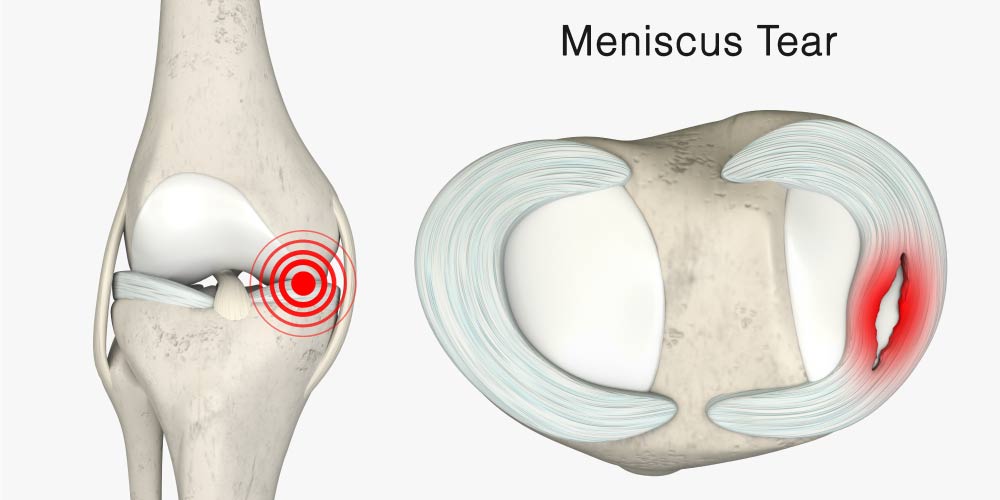
Torn meniscus – Meniscus Tear
- Pain and swelling in the knee joint
- Popping sensation during the injury
- Knee joint getting stuck in the same position
- Difficulty in bending or straightening the leg
What kind of knee injuries require surgery for treatment?
Most collateral ligament tears, i.e., LCL and MCL tears, do not require surgery for treatment. However, cruciate ligament tears, i.e., ACL and PCL tears, may require surgery if the ligament is completely torn. In ACL reconstruction surgery, the surgeon takes a tendon from other parts of the leg or a cadaver to replace the torn ligament.
Meniscus tears usually need surgery if the conservative treatments are not effective enough, i.e., if the tear is large or the joint instability and locking symptoms are not resolving through conservative management. The surgery is basically done to repair the torn edges of the meniscus.
Also Read: How Early Should One Get ACL Surgery Done?
What will happen if I don’t get surgery for severe knee injuries?
If you have a severe knee injury, then most orthopedic doctors will recommend surgery for treatment. If you delay surgery for complete ACL tears and severe meniscus tears, then complete recovery may not be possible even after the surgery. Even if the patient feels a little relief from conservative treatments in the short term, not getting surgery can lead to severe complications in the long term. This is because leaving knee injuries untreated for a long time increases the risks of developing osteoarthritis in the patient.
Don’t rush into making a decision. Evaluate the pros and cons of both treatments with your medical team to decide on the final course of the treatment.
Also read: Should You Wait Before Having Surgery For A Torn ACL?
What is arthroscopic knee reconstruction surgery?
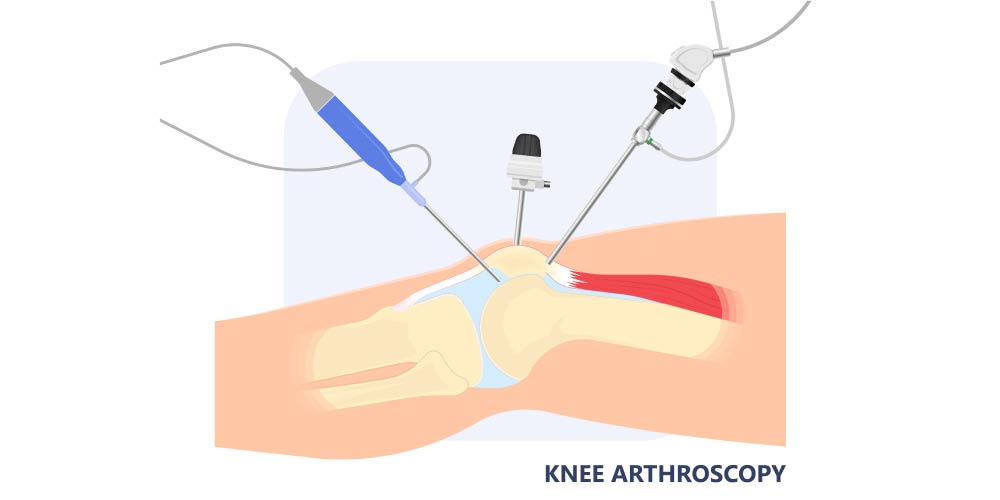
Arthroscopic knee reconstruction surgery is a minimally invasive procedure to diagnose and treat the problems of the knee joint. During arthroscopic knee surgery, the surgeon numbs the knee and makes a minute incision to insert a camera/arthroscope in the joint to help view and assess the damage to the knee joint tissues. Then they make a few tiny incisions to insert the operative instruments. It is the safest and most effective treatment for knee injuries.
Knee arthroscopy is performed for:
- Torn posterior and anterior cruciate ligaments (ACL and PCL tears)
- Meniscus tears
- Patella dislocation
- Removal of Baker’s cyst
- Pieces of torn cartilage loose in the joint
- Fracture of the knee joint bones
- Swollen synovium
Why should you receive arthroscopic knee reconstruction surgery?
Knee arthroscopy surgery, or keyhole surgery, is beneficial because:
- It is an elective procedure, so there is no wait time for the surgery, i.e., you can have the surgery as soon as you are diagnosed.
- The prognosis of the patient after the surgery is generally very good.
- As ACL surgery is a minimally invasive surgery, there are very few complications associated with it.
- It puts less post-operative stress on other surrounding knee joint structures and hence has a much less healing time as compared to open knee surgery.
- There is much less pain and bleeding in arthroscopic surgeries as compared to open surgeries.
- The patient recovers much faster in arthroscopic knee surgeries.
Recovery after knee reconstruction surgery
Recovery after the surgery generally depends on the severity of the injury. Therefore, it is very important to continue physiotherapy to help speed up the recovery. Usually, complete recovery after knee surgeries takes about 6 months. You can start doing limited physical activity such as walking even within a week after the surgery. However, it is best to avoid strenuous physical activities such as swimming, running, etc., till your physiotherapist has agreed.
You can promote healing after knee reconstruction surgery by:
- Managing your pin effectively. You should not push through your pain. Describe your pain accurately to the doctor. Make sure you are not over or under-medicating.
- Start walking as soon as possible. It improves recovery and even lowers the risk of blood clots developing.
- Getting physical therapy: Make sure you are receiving the right physiotherapy. Do not skip any exercise no matter how hard it is. At the same time, do not push yourself as over-exercising can harm the knee instead of helping. Follow your physiotherapist’s instructions accurately.
- Resting. Patients are often anxious about returning to their daily activities as soon as possible. However, it is important to rest the knee as well as to boost healing.
When can you resume sports?
You can resume playing sports when:
- Your orthopedic doctor says it’s OK for you to play.
- You can bend and straighten your knee without any pain.
- You don’t feel any pain while walking, running, sprinting, or jumping.
- There is no residual swelling in the joint.
- Your injured knee feels as strong as your uninjured knee.
How to prevent knee injuries?
It is hard to predict or prevent knee injuries. However, you can take some precautions to ensure that they are less likely to occur. Some preventive measures for knee injuries you can follow are:
- Perform regular strengthening and stretching exercises to keep thigh muscles strong.
- Warm-up properly before exercising or playing sports.
- Do stretching exercises to increase the flexibility of the knee joint.
- Don’t increase the intensity of your workouts abruptly.
Get treatment for knee ligament injuries immediately!
Consult an orthopedic doctor as soon as you get injured. An orthopedic doctor will accurately diagnose the severity of your injury and suggest the right course of treatment based on your profession, joint strength, the severity of the injury, etc. Follow the treatment plan prescribed by the doctor to ensure faster recovery.
Remember, prompt treatment is the key to ensuring quick recovery from knee injuries.

